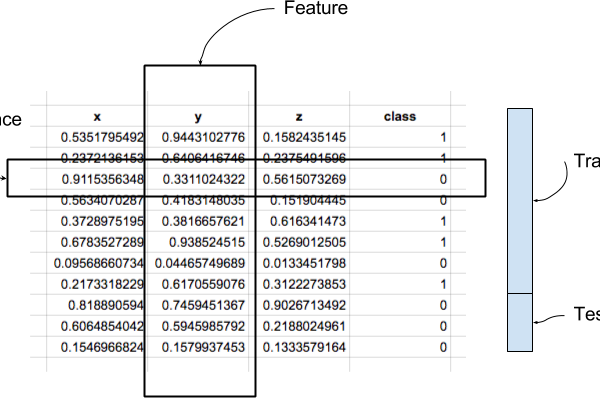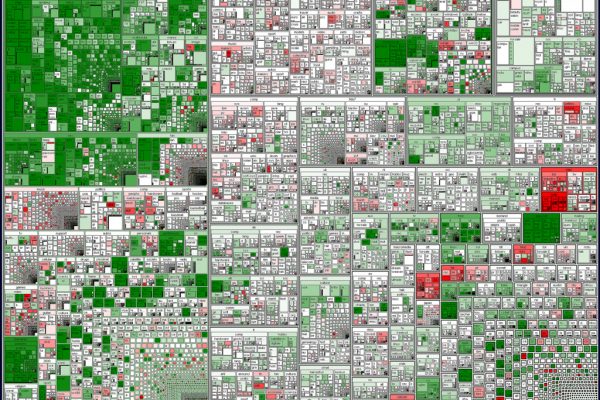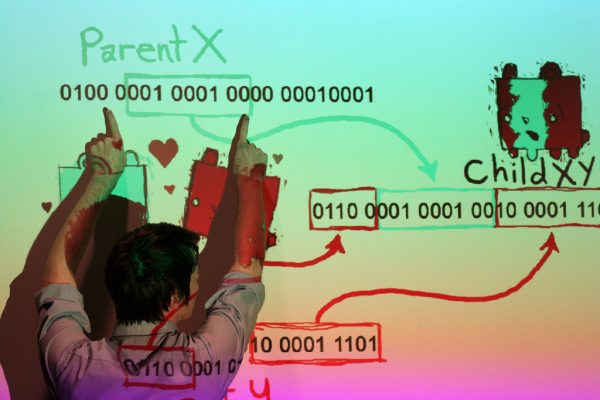Where Does Machine Learning Fit In?
Last Updated on August 16, 2020 Machine Learning is a multidisciplinary field and it can be very confusing when you are getting started to differentiate machine learning from the closely related fields of Artificial Intelligence and Data Mining. In this post you will learn about those fields that are related to machine learning. Specifically, you will learn about the boundaries of the field by learning how machine learning builds on fields of mathematics and artificial intelligence and is used within […]
Read more








